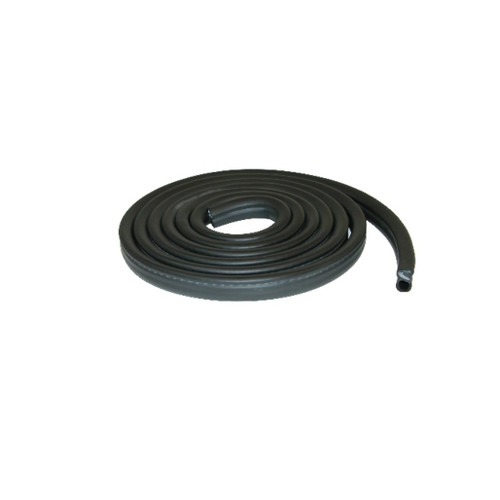- SKU:
- FCD-D3026
- Condition:
- New
- Availability:
- Delivery within 10 business days
- Width:
- 14.00 (in)
- Height:
- 6.00 (in)
- Depth:
- 14.00 (in)
- Part Number:
- D3026
- Manufacturer Part Number:
- D3026
- Material:
- Rubber
- Interchange Part Number:
- 452487-C1 452488-C1
- media1alttext:
- Weatherstrip Seal for 1971-1980 Scout II, EPDM Rubber, Easy Installation, Quieter Ride, Long Lifespan, Smooth Door Operation
- yousave:
- 11.22
Upgrade Your Classic Ride with Custom-fit Weatherstrip Seal
Revitalize your vintage vehicle with the custom-fit Door Rubber Weatherstrip Seal designed for 1971-1980 International Harvester Scout II. Say goodbye to leaks and drafts while enhancing the authenticity of your classic car.
- Custom-fit design for 1971-1980 International Harvester Scout II
- Made from long-lasting EPDM material for durability
- Easy installation kit for vintage car enthusiasts
Transform your classic car into a sleek and weatherproof beauty with this premium Door Rubber Weatherstrip Seal. Elevate your driving experience and preserve the charm of your vintage vehicle effortlessly.
Upgrade Your Classic Ride with Custom-fit Weatherstrip Seal
Revitalize your vintage vehicle with the custom-fit Door Rubber Weatherstrip Seal designed for 1971-1980 International Harvester Scout II. Say goodbye to leaks and drafts while enhancing the authenticity of your classic car.
- Custom-fit design for 1971-1980 International Harvester Scout II
- Made from long-lasting EPDM material for durability
- Easy installation kit for vintage car enthusiasts
Transform your classic car into a sleek and weatherproof beauty with this premium Door Rubber Weatherstrip Seal. Elevate your driving experience and preserve the charm of your vintage vehicle effortlessly.







